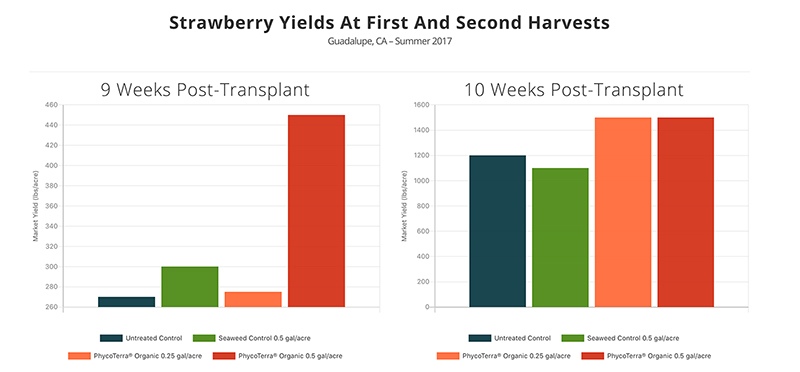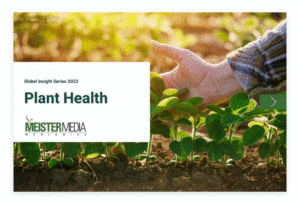Probing the State of Plant Health in Today’s Ag Environment
It might seem obvious that growing healthy plants would be high on every grower’s list of desired outcomes for a crop. That said, in many cases over the years, the “maximizing yield” mindset has taken precedence in production decisions at the grower and retailer level, and has been a focus for crop protection and nutrition suppliers and the market as well.
But that mindset is changing. A myriad of tools is getting attention, from biostimulants, to biofertilizers, to micronutrients. Producers across nearly all crops and regions — and yes, nearly all segments of the food supply chain— are increasingly recognizing the benefits of shifting some of the focus away from the highest possible yield to look at what a plant-health focus can deliver in terms of quality product for consumers, decreased input costs for growers, and a healthier, more sustainable production system overall.
“It has been changing over the last two or three years. We’re seeing with our co-ops and our agronomy partners that there is a lot of interest in crop health and sustainability, and in restoring the soil. FAO has been talking about this since 2015. This isn’t a new thing. It is a struggle to move multi-generational practices into a new area. But we’ve got this sudden realization that the biggest yield isn’t always the answer,” says Kathleen Glass, Vice President of Marketing, AquaSpy.
Industry suppliers say they are seeing changes in the conversations that are taking place with growers.
“There’s been a whole shift in the understanding towards proper plant health, and how that plays into the bigger picture,” says Rick de Jong, International Business Development Manager, Agro-K Corporation. “Back in the day, when we talked about plant health at the farm level, growers were primarily talking about fungicides and insecticides for dealing with those disease issues and insect pressures. Today’s grower is acutely aware of how the overall plant health can impact the disease and insect pressure and really play toward higher quality crops. They are not just talking about managing that insect or managing that disease. Today’s farmer is talking about managing overall plant health. Pesticides are part of that equation, but so are plant nutrition, soil health, and root health.”
Access to the internet and a growing bank of industry knowledge means growers have more information at their fingertips. This is making them much more open to testing out new ideas says Jim Shone, Area Business Manager – Plant Nutrition – Americas, Borregaard.
“Advancements in technology have opened the door for more precision and application, and therefore, more prescription practices. Growers and all sectors of agriculture have trusted sources and utilize that information about their growing conditions, the soil types, nutrients, inputs, etc., to establish a good plan to produce a healthy crop, especially at the early stage of development,” Shone says. “Because of that information that’s available, growers and retailers, I believe, are now more than ever willing to invest in new technologies to produce their crops.”
For more, continue reading the full article featured as part of our special Global Insight Series report on Soil Health. In addition, check out the previous reports in Meister’s Global Insight Series covering a range of topics from Biological Crop Protection to Irrigation Innovations to Agricultural Technology.











